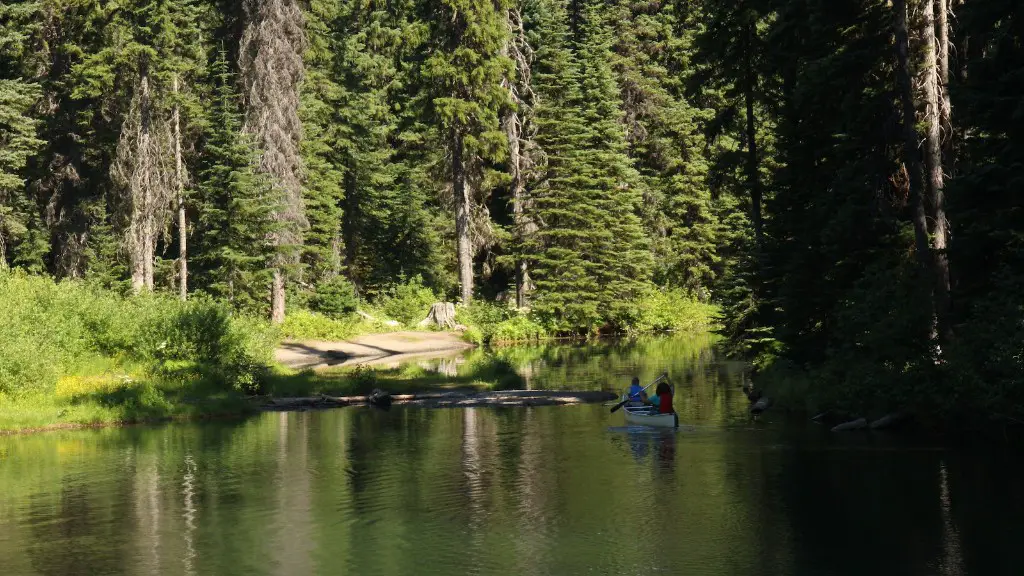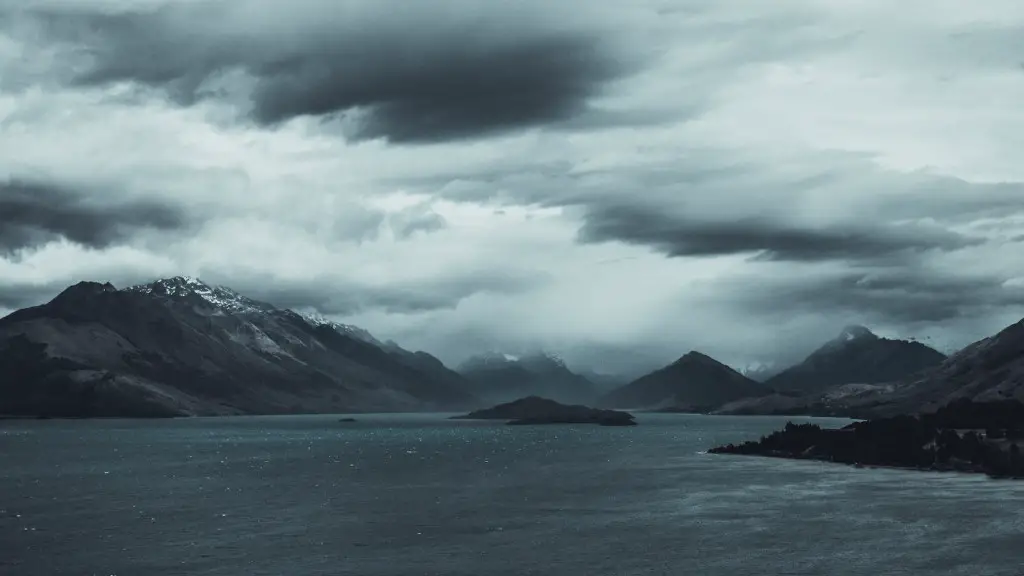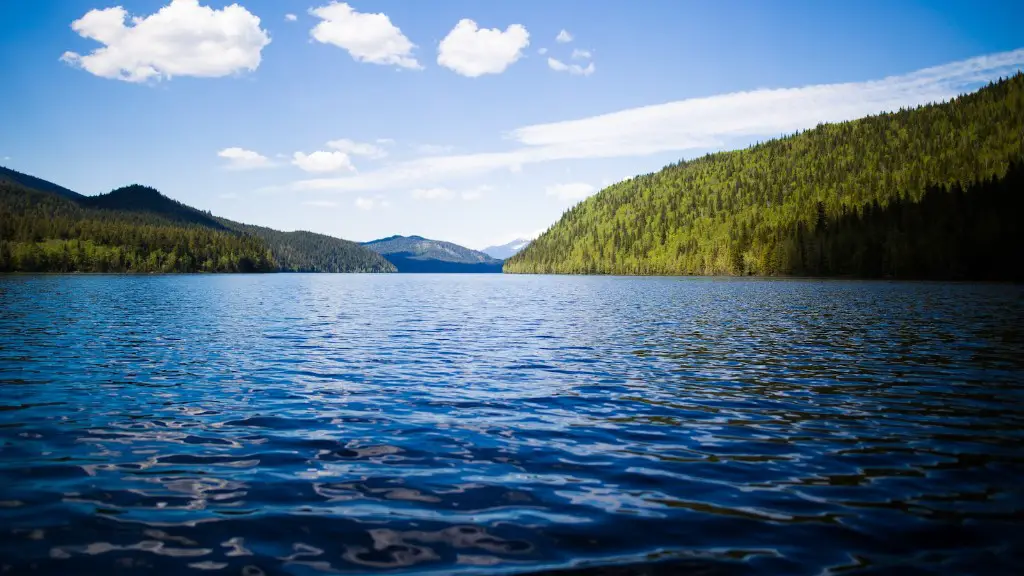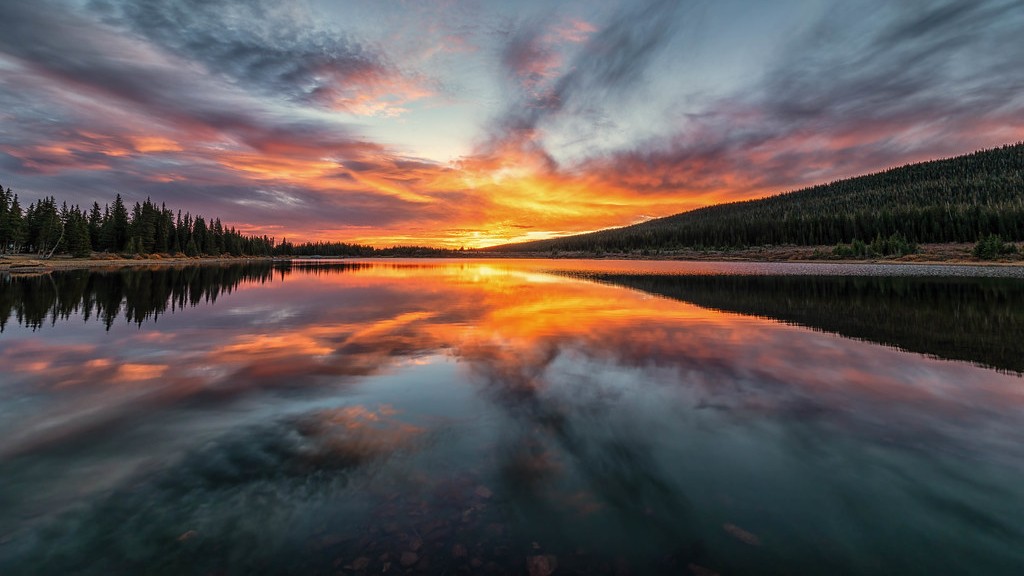Lake Victoria is the largest African lake and the second largest freshwater lake in the world at over 69,484 square kilometers in surface area. It is located in Africa’s Great Lake Region, spanning the borders of Tanzania, Kenya, and Uganda. Lake Victoria, also known as Nyanza, was named after Queen Victoria by the British explorer John Hanning Speke in 1858, and is a major source for water and agricultural production in the region.
The lake has been transformed from an isolated, remote body of water to a central and significant focal point for regional health and development. Lake Victoria is a highly productive lake, and is also part of the Nile River Basin, which is a key fresh water source for many people in African countries. The lake is a critical source of irrigation for crops and is home to a number of economically significant species for both commercial fisheries and tourism.
Lake Victoria provides nutrients and water to the local communities and there is evidence that the lake is being over-fished and polluted with fertilizers, arsenic and toxic heavy metals. The lake has seen signs of pollution and frequent algal blooms. Algal blooms can deplete dissolved oxygen in the lake, resulting in fish kills. Pollution from industry, agricultural run-off and deforestation has also been identified as other major concerns for Lake Victoria.
In recent years, there have been a number of initiatives to help protect the lake and its surrounding environment. These initiatives have included measures to help reduce the amount of over-fishing and there have also been efforts to reduce runoff from agricultural and industrial sources. In addition, there have been efforts to reduce deforestation, which can result in erosion and runoff that can damage the lake. While these Environmental initiatives are helping to protect Lake Victoria, they are being done in conjunction with local governments, businesses and citizens, and there is still work that needs to be done.
Lake Victoria is an important and critical resource to the region and it needs to be protected and preserved. This is essential not just for the local economy and environment, but also for the global health system. For example, the lake is known to have over 300 species of fish, some of which are already endangered, and also provide an important source of protein for many local communities. By better understanding the lake, it will enable us to better manage the lake and its resources, and ensure a sustainable future for the region.
Impact of Tourism
Lake Victoria is an important tourist destination in the region. The lake is visited by tourists from all over the world, who come to visit the lake and its many attractions. Tourism has the potential to provide funding for the local economy, but it can also come with its own impacts. Over-tourism can lead to an increase in pollution and garbage, as well as an increase in development, which can lead to habitat loss. Tourists can also have an impact on the local cultures, as well as the local environment. Therefore, it’s important that there is good management of the tourist impact on Lake Victoria. This can include controlling the numbers of tourists and their activities, as well as appropriate waste management and responsible tourism.
Tourism also has the potential to provide a much needed boost to the local economy. It can provide employment opportunities, as well as money to help preserve the lake and its surroundings. Tourism can be a powerful force for preservation and conservation in the region, as long as it is managed effectively. It can also be a source of knowledge for the local people, as foreign tourists can help to spread awareness of environmental issues and share best practices.
Cultural Significance
Lake Victoria is an important cultural site for many of the people in the region. The lake is seen as a spiritual and sacred island by many communities, and is believed to offer protection, guidance and healing. The lake is also seen as an important source of sustenance by the local communities, as it sustains their food sources, livelihoods and lifestyles.
The importance of the lake to the region is reflected in the many different cultures and traditions that have developed around the lake. These range from festivals and rituals to music, art and dancing. The lake is a source of celebration, and provides a platform for cultural exchange and exploration.
In addition, the lake is home to many species of fish and birds, and is an important area for biological diversity. The lake is also an important habitat for many species of frogs, turtles, and plants.
Conservation Efforts
As the lake’s importance has been realised, conservation efforts have been put in place to help protect the lake and its surrounding environment. This includes efforts to reduce pollution, such as reducing over-fishing and controlling runoff from agricultural and industrial sources. There have also been efforts to reduce deforestation, as this can result in erosion and runoff that can damage the lake.
In addition, there have been efforts to introduce new technologies and management practices to help protect the lake, such as the introduction of artificial reefs to help filter out pollutants, and the use of drones to monitor illegal fishing. These initiatives, as well as others, are helping to protect the lake and its resources for future generations.
There have also been efforts to educate and empower local people about the importance of protecting and preserving Lake Victoria. This includes providing access to information about conservation practices, as well as teaching about the importance of the lake in the local economy, culture and environment.
Conclusion
Lake Victoria is an important and critical resource to the region, and it is essential that it is protected and preserved in order to guarantee a sustainable future. There have been efforts to reduce pollution, over-fishing, and deforestation, as well as efforts to introduce new technologies and management practices, and to educate and empower local people about the importance of protecting and preserving the lake. While significant progress has been made, there is still more work to be done.



